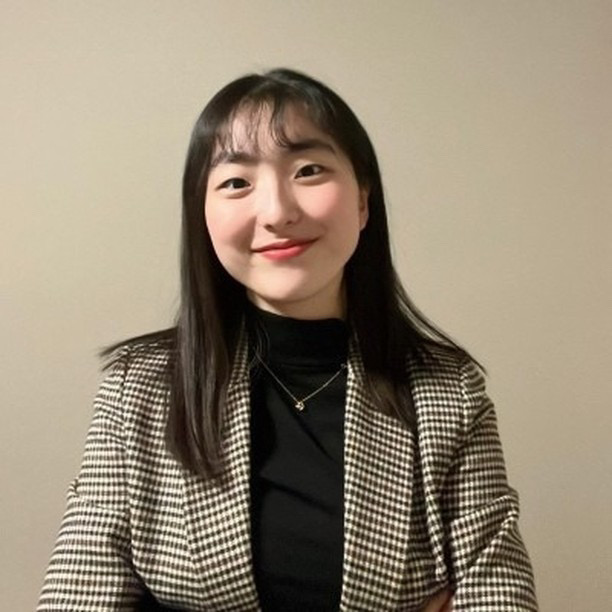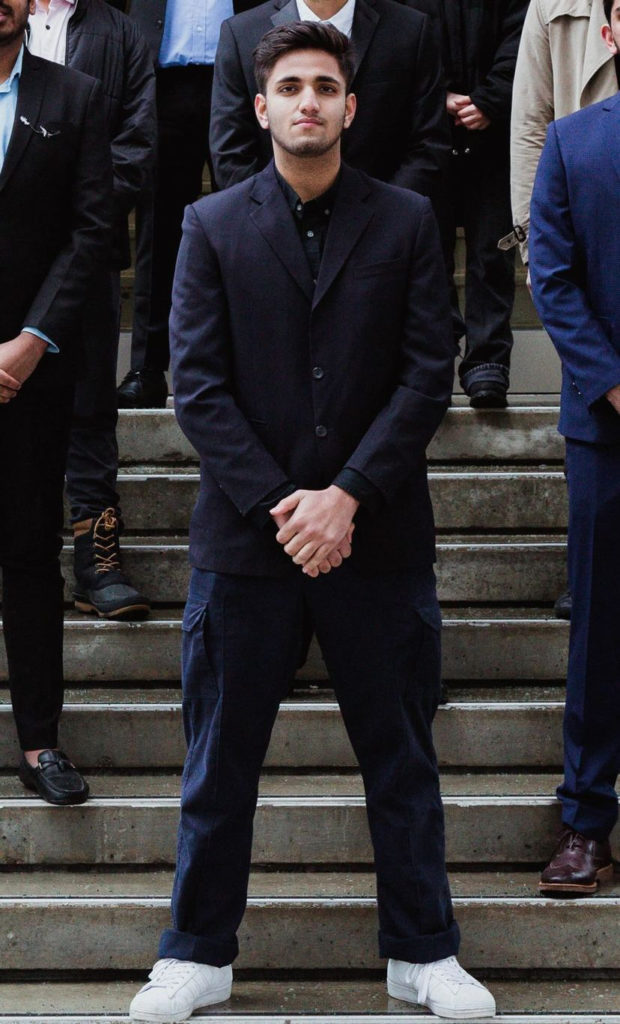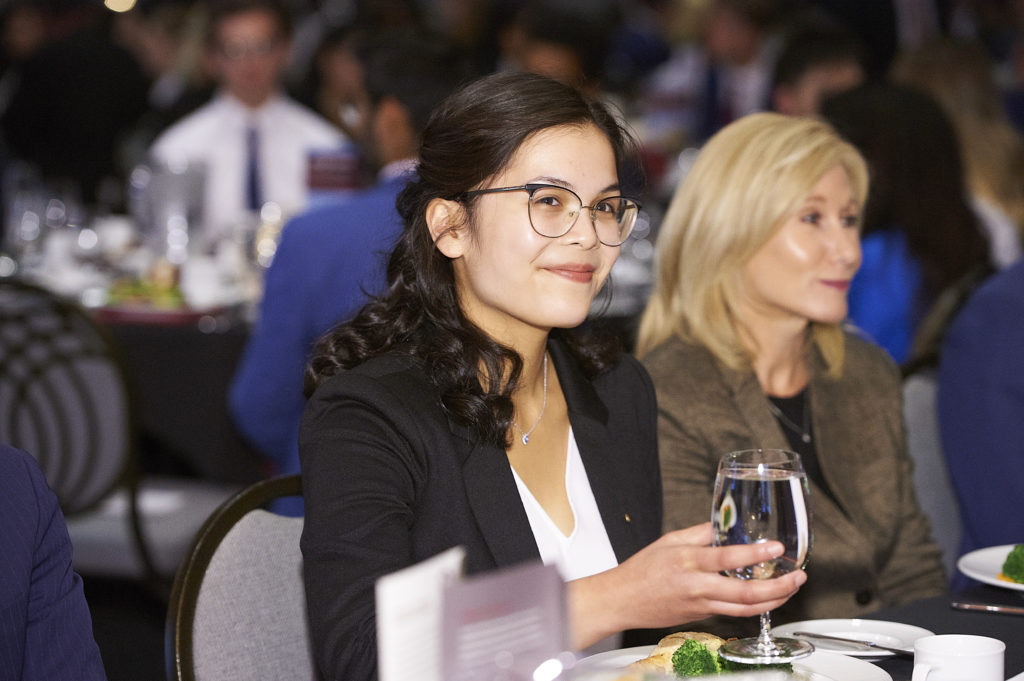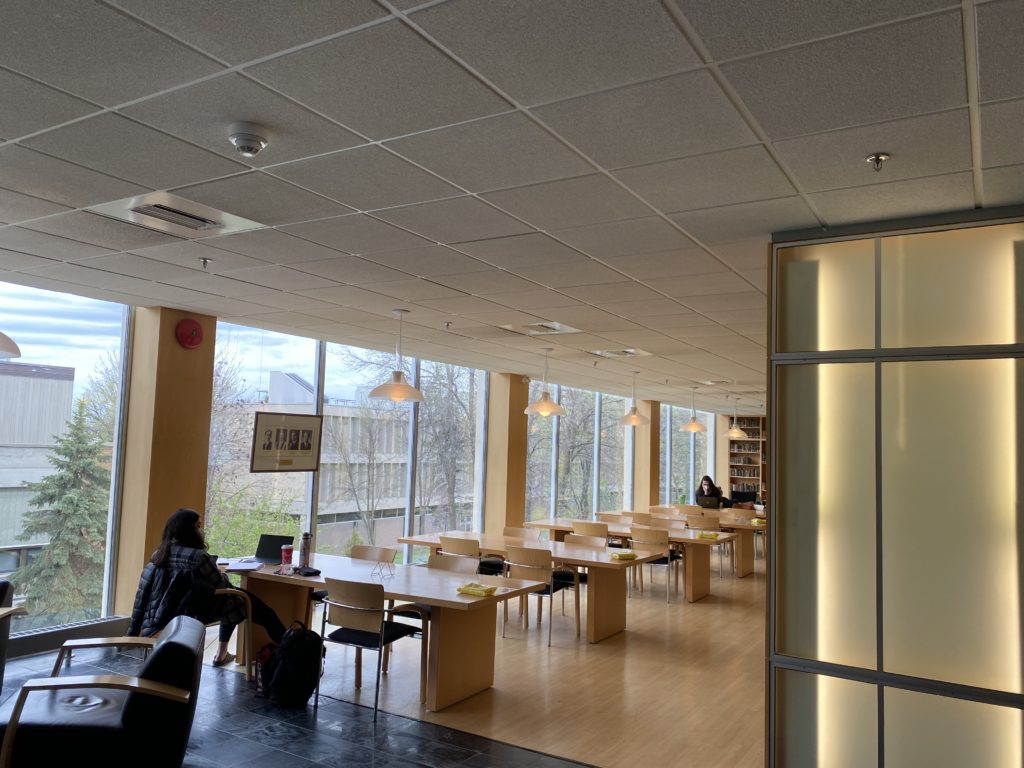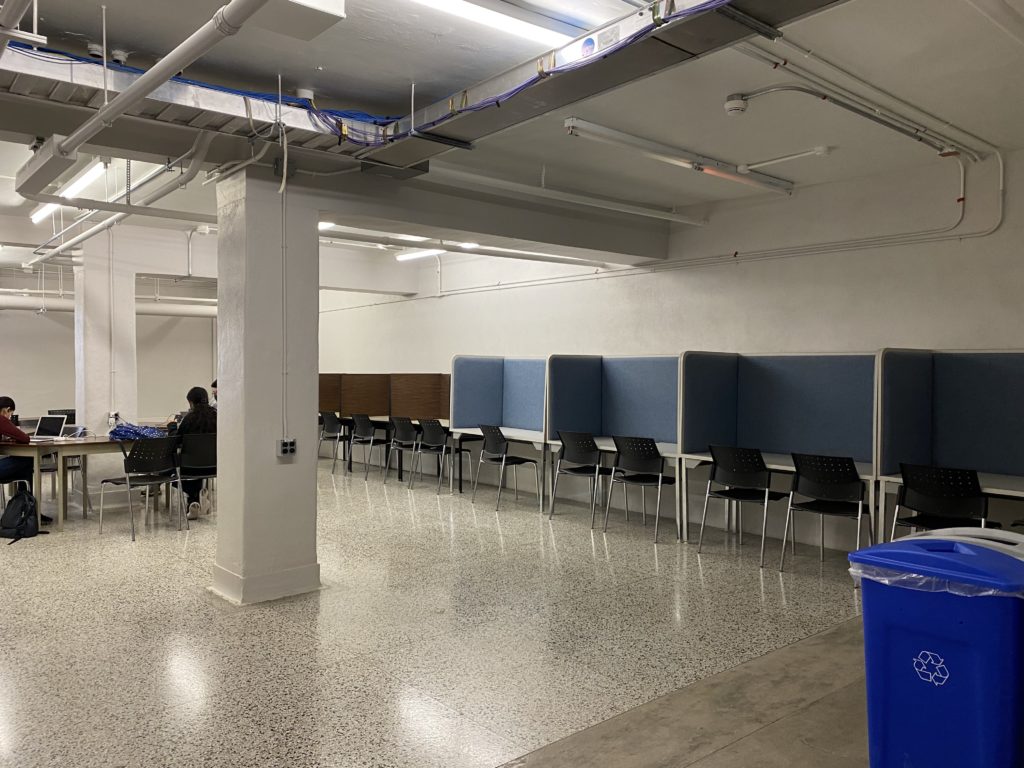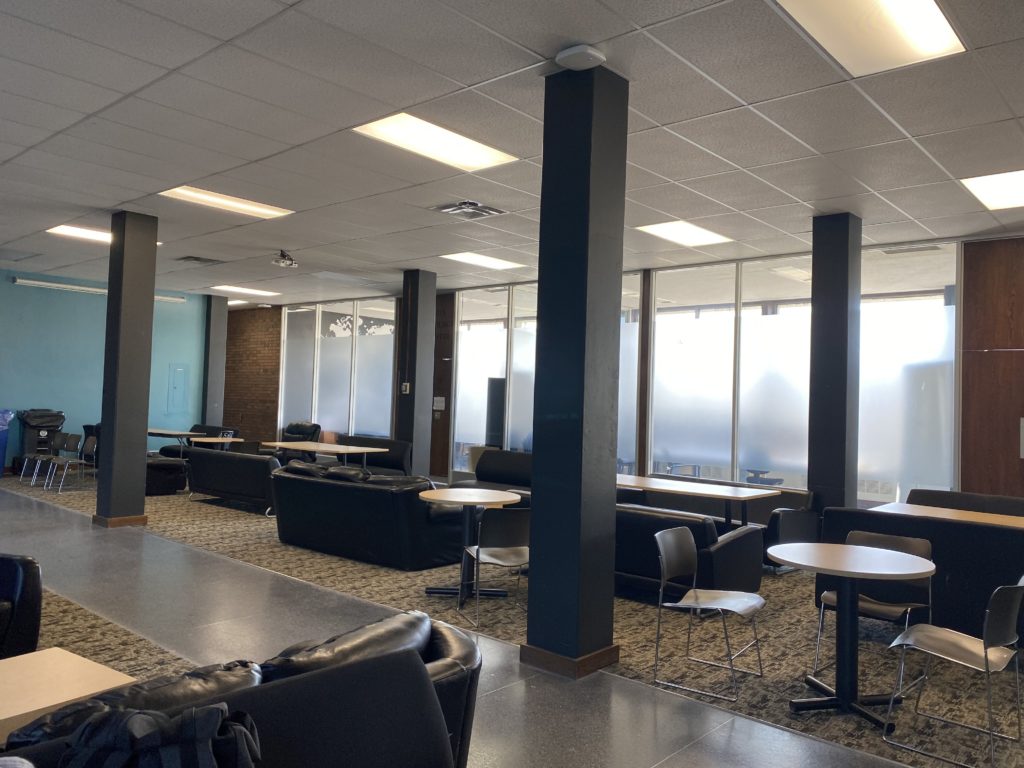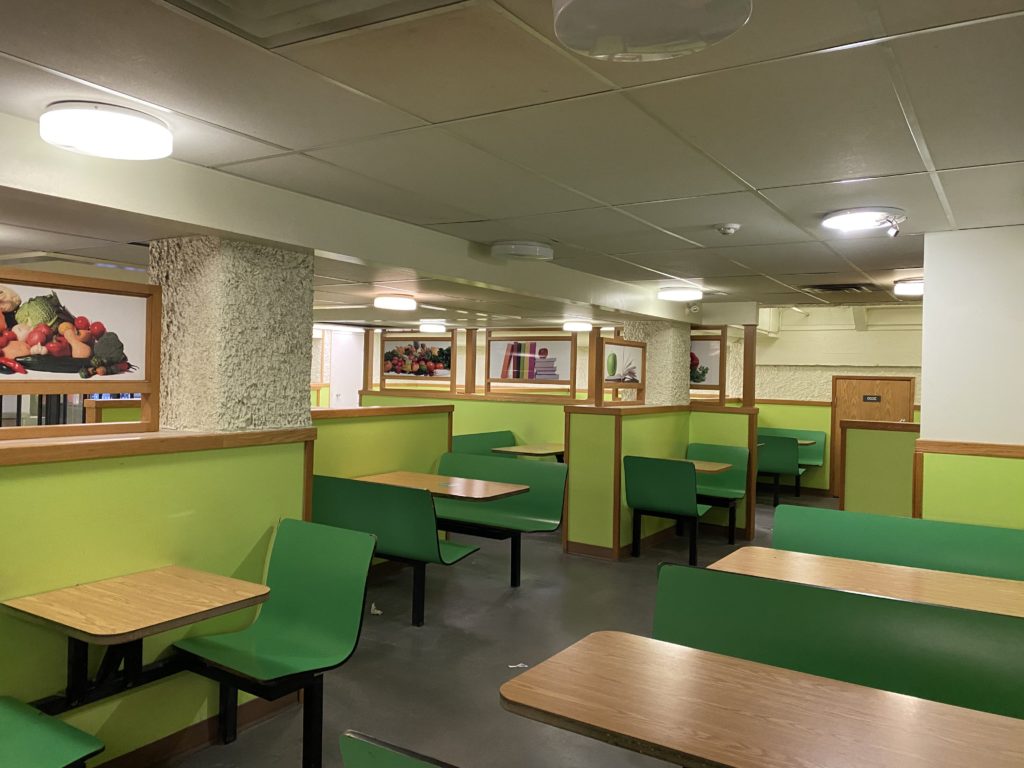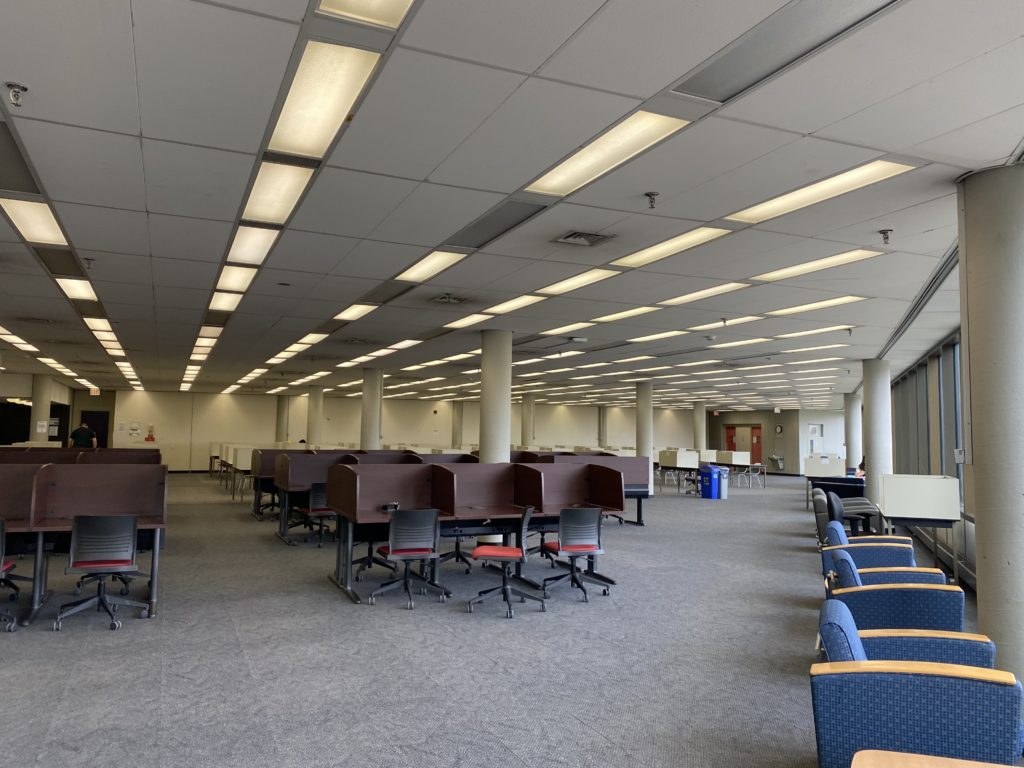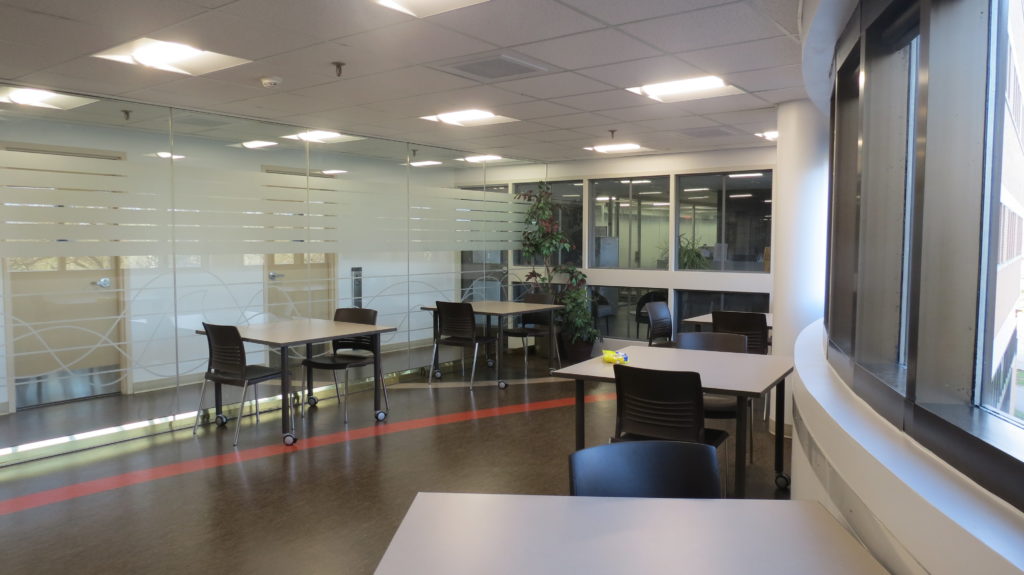This blog was written by Kimberly Nicolasora
Introduction
Hey everyone! With the return of in-person classes, the hustle and bustle of students bring a new life to the Fort Garry Campus. While some things stay the same, a.k.a. construction on every corner, to plenty it is yet another adjustment to our everyday lives. So long are the lockdown browsers, waking up ten minutes before class, or the inevitable fear of accidentally unmuting your mic. The 2022 Summer Term encourages you to embrace every ounce of sunshine and explore what our university—and city—have to offer. For this month’s blog, I had a chance to chat with a few of Asper’s wonderful students about their rich culture and experiences as student leaders at the University of Manitoba, as well as initiating a few leadership qualities myself to find you the best study spaces around campus!
Asian Heritage Month
After receiving official recognition by the Government of Canada in May 2002, the month of May is a dedicated period to celebrate Asian Canadians, Asian and Pacific Islanders, and Asians around the world. With many distinct regions and communities making up the Asian diaspora in Canada, Asian Heritage Month provides an opportunity to reflect and celebrate the diverse contributions of Asian Canadians to the growth and prosperity of Canada. These contributions began well before the late 19th Century when more than 17,000 Chinese immigrants performed dangerous roles in building the Canadian Pacific Railway.
In recognition of Asian Heritage Month, the CSA wants to highlight the stories of three phenomenal students in their journey of navigating the societal differences of their own culture and Canada, and finding true pride and adoration for their heritage.
Dana Sim, a third-year student majoring in Accounting and Marketing, is a South Korean international student at the Asper School of Business. After moving across the Pacific to study abroad, Dana had initial struggles, not only entering university but adjusting to an entirely new culture, language, and writing system. Growing up in a country where the vast majority is your ethnicity and culture, studying abroad brought worries of graduation, and losing confidence in her nationality, as she became an apparent member of the minority.
With the stark difference in societal norms, Dana learned to adjust between the collectivist and individualist cultures. She would follow the Canadian norms in school, in the workplace, or around friends; once at home, she continues to practice Korea’s Confucianist traditions and language. Despite the worries about belonging to this new environment, Dana found confidence through embracing her heritage. With the rise of Korean television, film and music overseas, Dana felt immense pride in the acceptance of original Korean stories and artists being told in mainstream media. She also drew inspiration from Korean traditional clothing, most notably the “hanbok”. With the apparel typically worn on traditional holidays, the growing popularity of modernized hanboks symbolizes the amalgamation of two worlds; the old and the new. After three to four years in Canada, Dana learned the importance of mental health, community, and maintaining healthy nutrition. She advises international students to attend as many international student panel workshops as possible and make home-cooked meals to cut some costs and gain a healthier mindset! Despite the challenges of studying abroad, Dana found a community that may not be identical to her home in South Korea, but one she can still call home nonetheless.
Kumail Raza, a second-year student majoring in Accounting and Finance, is an international student born and raised in Pakistan. With little desire to leave his beautiful home country, he still arrived in Canada a few months before the start of the lockdown to pursue higher education in Manitoba. Despite the massive differences in societal norms, Kumail was well prepared in studying abroad from an early age. With dreams of serving his community back home, and inevitably pursuing a career in politics, his motivation for studying abroad is to expand his knowledge in different economies to provide a transnational perspective in his career.
While he was well equipped to cross continents, Kumail was not prepared for the realities the pandemic has introduced. Lacking the in-person connections, Kumail took great initiatives in joining student clubs such as the Muslim Students’ Association, the Pakistani Students’ Association, and the University of Manitoba Supply Chain Organization (UMSCO) as the current President-elect. He advises students to join student groups throughout their time in university to build long-lasting connections with their peers well beyond the 4-5 year program.
Furthermore, Kumail highlights the need to stay true to yourself. Taken after the warm Pakistani hospitality, and the culture’s non-pretentious, candid approach to life, Kumail expresses the importance of appreciating one’s own culture. “The more you understand yourself, and your roots, the more you will be comfortable with your skin. This will make you feel confident and secure…We have things in mind that we want to achieve when coming [to Canada, and sometimes you have the urge to change just to fit in, but] everything comes with time. Everything you want to achieve will fall into place.” The people, places and stories of our families are a part of the unique story of who we are. Therefore, understanding your history, no matter how unpleasant, can help build your personal growth and well-being, and helps to connect us, despite national borders.
Jacinda Flores, a third-year actuarial mathematics major, is a first-generation Filipino-Canadian. Despite no familial ties in Canada, her parents found a home in Winnipeg to nurture their children’s dreams without the societal structures and constraints of the Philippines. Proudly calling Winnipeg her home, the Manitoban city provided Jacinda with the opportunity to grow up in a diverse community. She states, “Growing up in a setting where diversity was so normal, I don’t remember ever feeling ‘othered’ because of my culture. [As kids], we all liked spinning on the merry-go-round and building snowmen, and those were the things that really mattered. However, throughout my academic career, it became evident that the expectations my parents set for me weren’t on par with those of my peers. So, while my parents’ satisfaction was enough fuel to keep me going through high school, as I become less of my parents’ daughter and more of my own self, it’s been challenging to balance tangible achievement with holistic well-being. What’s helped me balance my Filipino heritage with Canadian society is the understanding that I can be 100% Filipino and 100% Canadian, and there is no one correct way to be either. My Canadian identity does not diminish or draw from my Filipino identity; the two can coexist within me equally and fully.”
As a student leader at the Asper School of Business, Jacinda expresses the need to bring your “whole, authentic self into the workplace, and use [your] unique background and experiences to provide a new lens [to the business community].” Drawing inspiration from her Filipino culture, she takes great pride in Filipino resilience. The Filipino resilience, attributed to the country overcoming numerous historical hardships, has allowed Jacinda to tackle the internal conflicts of understanding one’s individuality. She concludes by emphasizing that “external validation does not dictate the authenticity of your identity. You know who you are best, and you deserve to be celebrated.”
Celebrating the culture, art, and traditions of our Asian-Canadian neighbours and friends is a great way to learn about the many Asian cultures that enrich our society. While these are all things we can and should be doing year-round, it’s important to have focused, and officially recognized (mainstream) periods where these types of actions and important conversations are thrust into the forefront.
Be sure to follow our Instagram at “aspercsa” to see more information on Asian Heritage Month, and a few Asian-owned businesses around Winnipeg to support!
Study Spaces Around Campus
As we hastily conclude the month of May, the season for midterms and finals are back. Here is a list of study areas around campus that either ensures you a seat or provides a comfortable lounging area if it’s vacant—time to get open your campus maps everyone!
1. Iceland Reading Room at the Dafoe Library
Arguably my favourite space, I was a bit hesitant to share my secrets on the blog. Regardless, if you want to make the Icelandic Reading Room your own secret cove as well, you can find the study space on the third floor of the Dafoe Library. Simply walk straight to the back wall, and you will see steps heading towards the glass doors to enter the common area. Once inside, it is a “no noise” zone. So connect your earphones and enjoy the natural light, this space is the perfect room for you to study with no distractions while enjoying the scenic view from the library.
2. University College
University College is symbolically located between the Science Faculty and the Arts Faculty. Through the tunnels, the entrance is tucked away on the side right before you enter Duff Roblin from the Fletcher Argue Building. To walk outdoors, the gap between Human Ecology and Dafoe Library is the gateway to the building. From there, you can enjoy the spacious cubicles on the main floor. Or, if you prefer a comfier seat, head towards the third floor to view some greenery and sit on some lounge chairs. University College is one of my favourite buildings to explore for this list. If you venture around the building, you’ll actually see another study space available on the academic wing, and some oldfashion phone booths hollowed in a wall!
3. Human Ecology Building
Through the tunnels, you might miss the entrance at first glance, but once you do, just walk up the ramp and you’re on your way! The Human Ecology building is located right beside Dafoe Library, and Machray Hall. You’ll find the study areas on the lowest level of the building. The space may not have the best view, but you will always be guaranteed a quiet spot to study.
4. ASBC Lounge at the Tier Building
Ran by the Arts Student Body Council, the common area is located on the second floor of Tier. You can reach this space by using the elevators right by the Tim Horton’s Express or taking any staircase that leads to the second floor. The room is at the very end of the hallway.
5. Greenhouse Cafe
Typically an express cafe, the Greenhouse Cafe is a couple of steps more after entering the tunnels from Duff Roblin. With a cafeteria-inspired layout and lime-green seats, Greenhouse Cafe cannot be missed!
6. Machray Hall Library
Tucked away at the back of campus, the Science Library is nothing but study spaces for students. With five floors available, you will be guaranteed an area to study for your finals or midterm. The first and third floors have the most desk available, but the tables on the fifth floor are the best seats.
7. Drake Centre
Lastly, our very own faculty building has many study areas available, from the second to the sixth floor, all the sitting areas are available for Undergraduate Students, except for the designated space for the Master’s Students.
With a handful of buildings and libraries closed for the summer, there are tons of secret gems around the Fort Gary campus. If you happen to find a little bit of time on your hands, take a walk around campus and discover the spinning Daily Bread, or the hanging Fossil on Wallace. Regardless of your faculty, each building has study spaces available for students as long as you respect the areas you enter, and practice the recommended social distancing rules!
